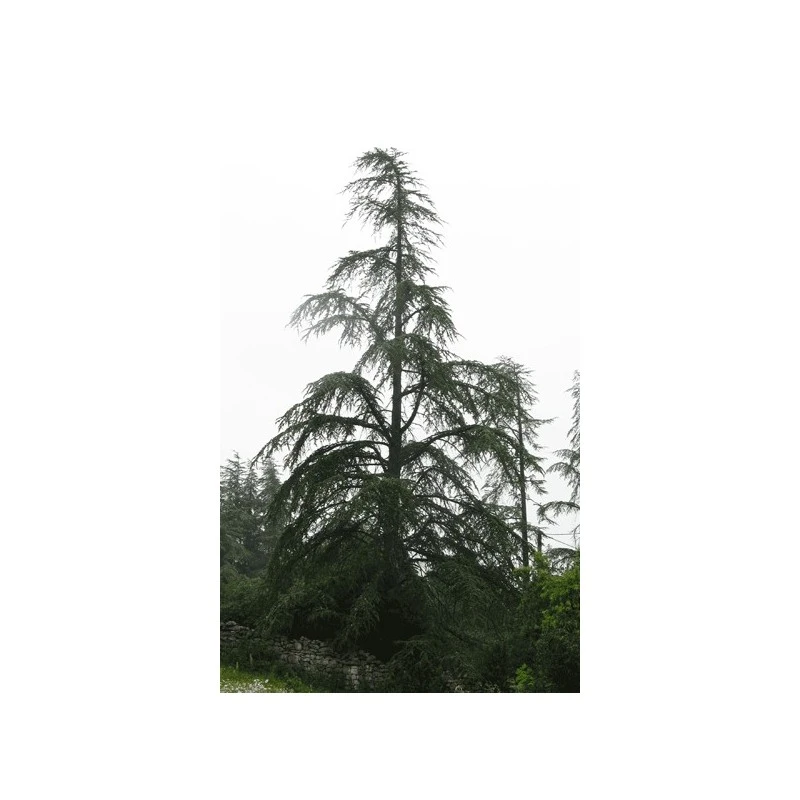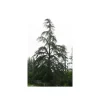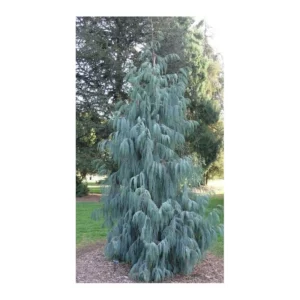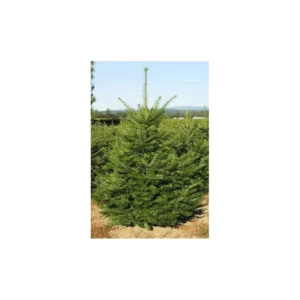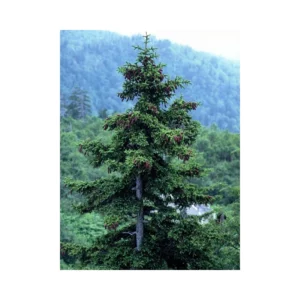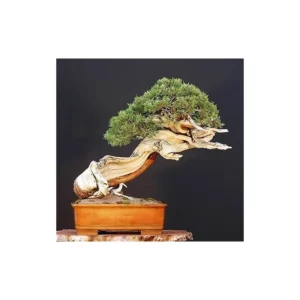Features:
Common name: Himalayan cedar, Deodar cedar
Family: Pinaceae
Origin: Tibet, Nepal
Height at maturity: 15 to 20 meters
Hardiness: -20°C
Exposure: sunny, shade, partial shade
Plant type: tree
Vegetation: perennial
Foliage: evergreen
Flowering: September October
Flower color: yellowish
Type of soil: any type but draining
Watering: regular
Use: isolated, bonsai
Diseases and pests: Lophyre, pine processionary, red bands and red disease
Toxicity: –
Storage of seeds: 2 years in a dry place away from light at 3/4°C (refrigerator)
Description:
The Himalayan cedar reaches a maximum size of 20 meters in Europe, in its natural environment it can reach 50 meters in height and up to 3 meters in diameter.
This conifer has a pyramidal shape like a pagoda with drooping crown. The branches are arranged horizontally, the drooping terminal shoots give it a weeping appearance.
The evergreen foliage is composed of velvety blue-green needles. They are grouped in bunches of 30 needles and measure 3 to 5 centimeters long. The flowers appear in September-October. The cones are solitary or come in pairs, they are oval or barrel-shaped 7 to 10cm long by 5 to 6cm wide. Bluish when young, reddish brown when mature.
Cedars have a great capacity to resist drought, winds, colds and sudden climatic changes. It thrives in any well-drained soil. Annual maintenance will consist of periodically watering each newly planted tree.
Introduced in Europe around 1820, it is used in parks and gardens for their ornamentation. Cedars support pruning very well, they are often used in Japanese culture to cultivate them as bonsai.
